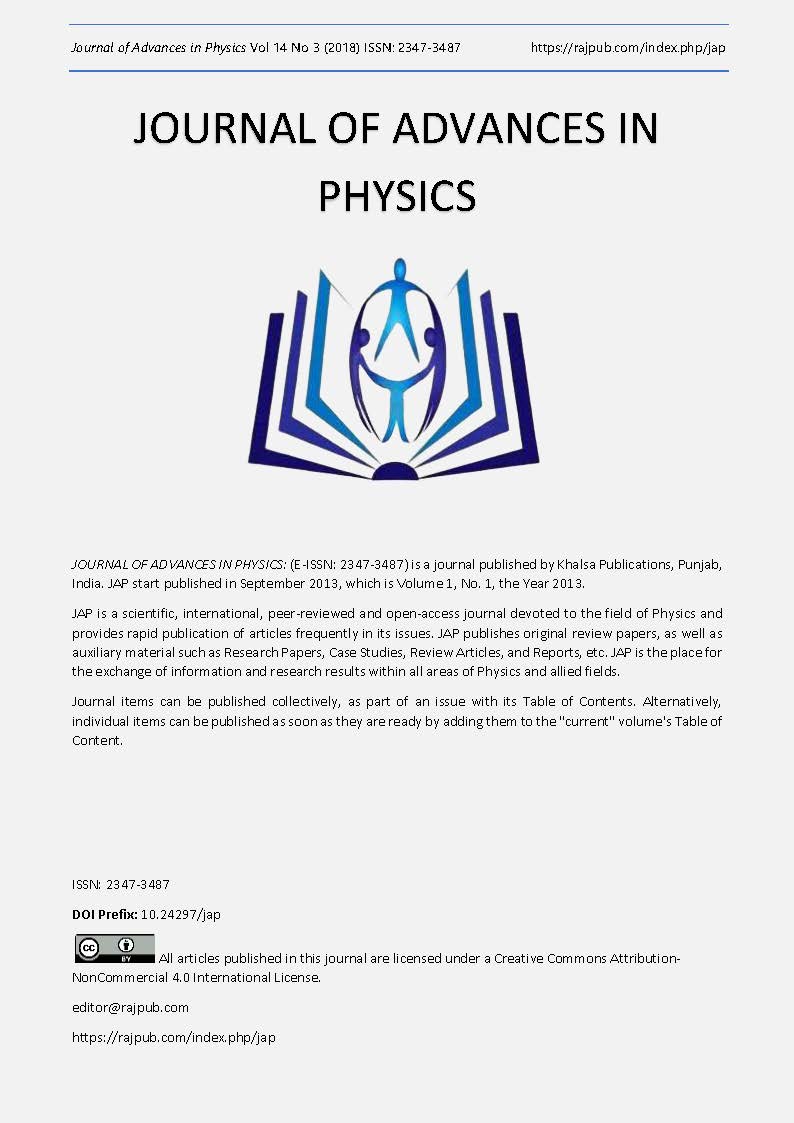The Mularz Paradox—Relativistic Discrepancies in The Resistivity of Cylindrical Electrical Conductors Travelling at Near Light-Speed—A Thought Experiment
DOI:
https://doi.org/10.24297/jap.v14i3.7765Keywords:
Relativity, Lorentz Contraction, Electrical Resistivity, ParadoxAbstract
Most of us are familiar with Einstein’s now-famous relativistic thought experiments—his stationary-versus-moving ‘light clock’ and the interstellar twin astronauts aging at different rates especially stand out.[1] In this simple thought experiment the author wishes to propose a heretofore unrecognized set of relativity paradoxes involving the predicted electrical resistivity of long cylindrical conductors when moving at or near light-speed.
Downloads
References
Einstein, Albert, and Robert W. Lawson. Relativity: The Special and General Theory. New York: Holt, 1921
Giancoli, Douglas C. Physics: Principles with Applications. 6th Edition Englewood Cliffs, N.J: Prentice-Hall, 2005 pp 500-502
Giancoli, Douglas C. Physics: Principles with Applications. 6th Edition Englewood Cliffs, N.J: Prentice-Hall, 2005 pp 740-741
Downloads
Published
How to Cite
Issue
Section
License
 All articles published in Journal of Advances in Linguistics are licensed under a Creative Commons Attribution 4.0 International License.
All articles published in Journal of Advances in Linguistics are licensed under a Creative Commons Attribution 4.0 International License.




